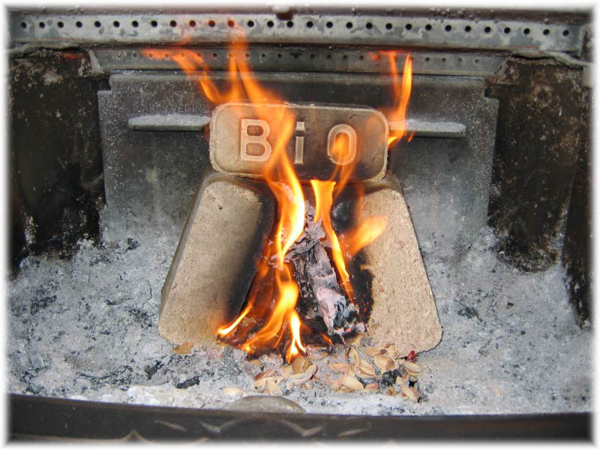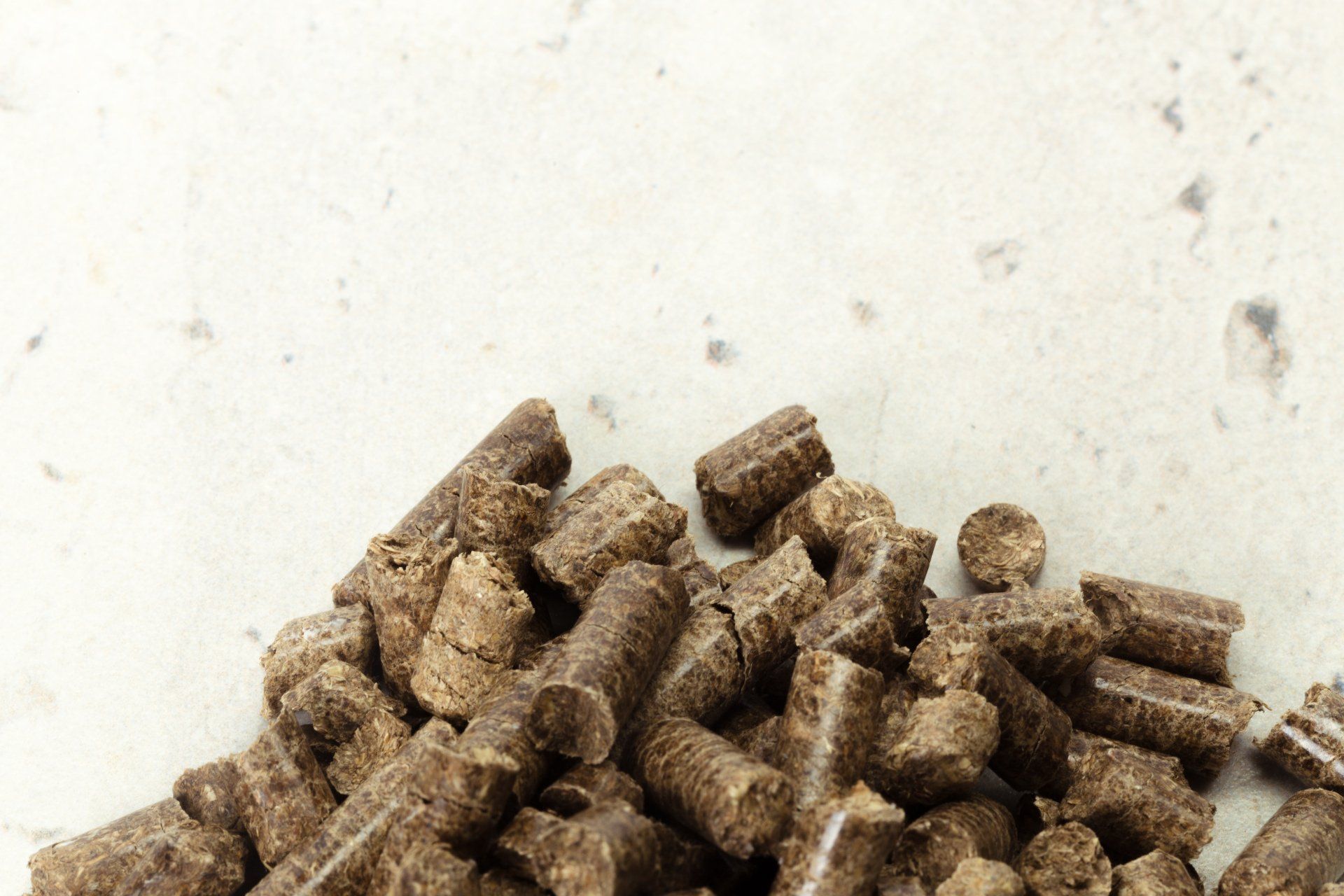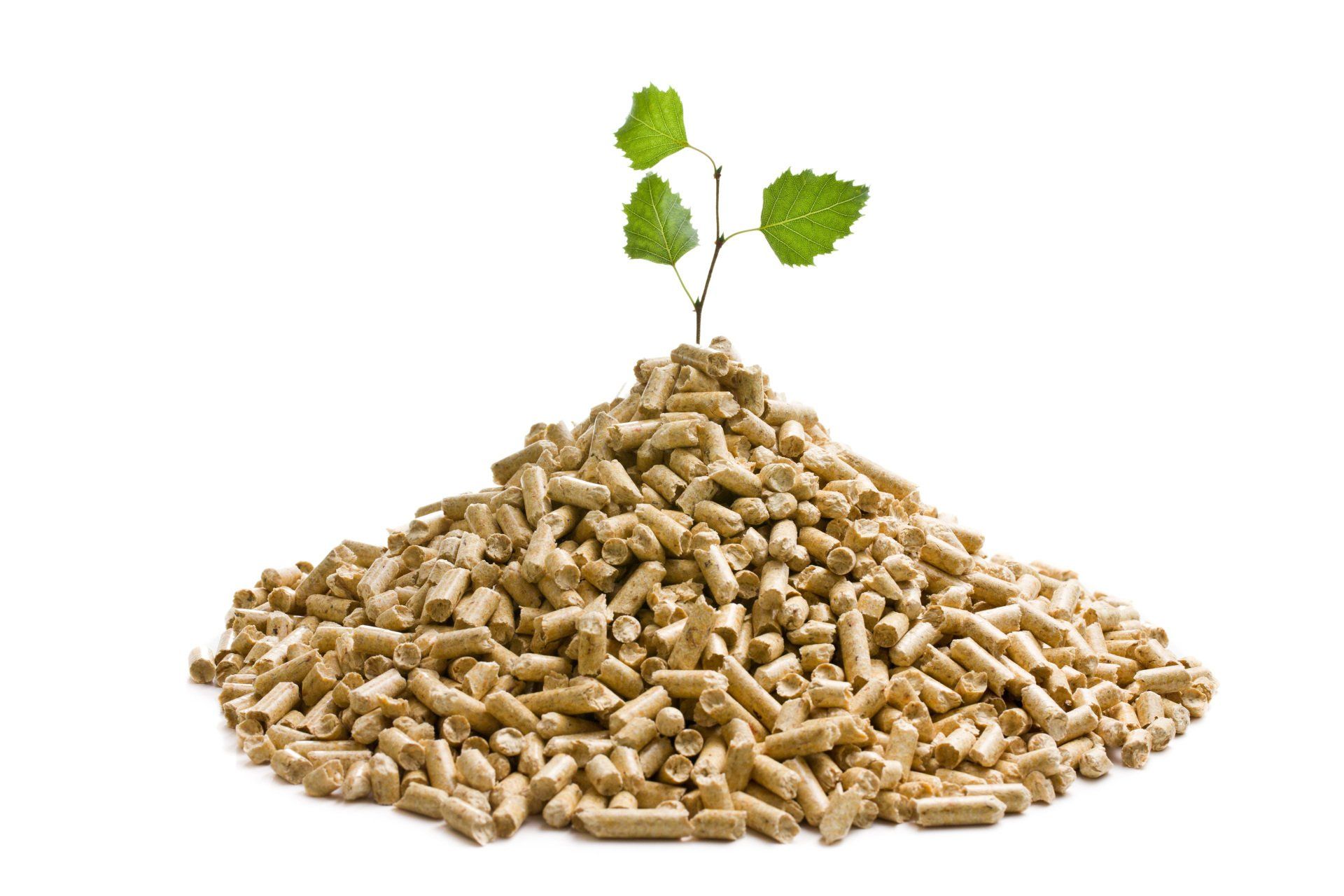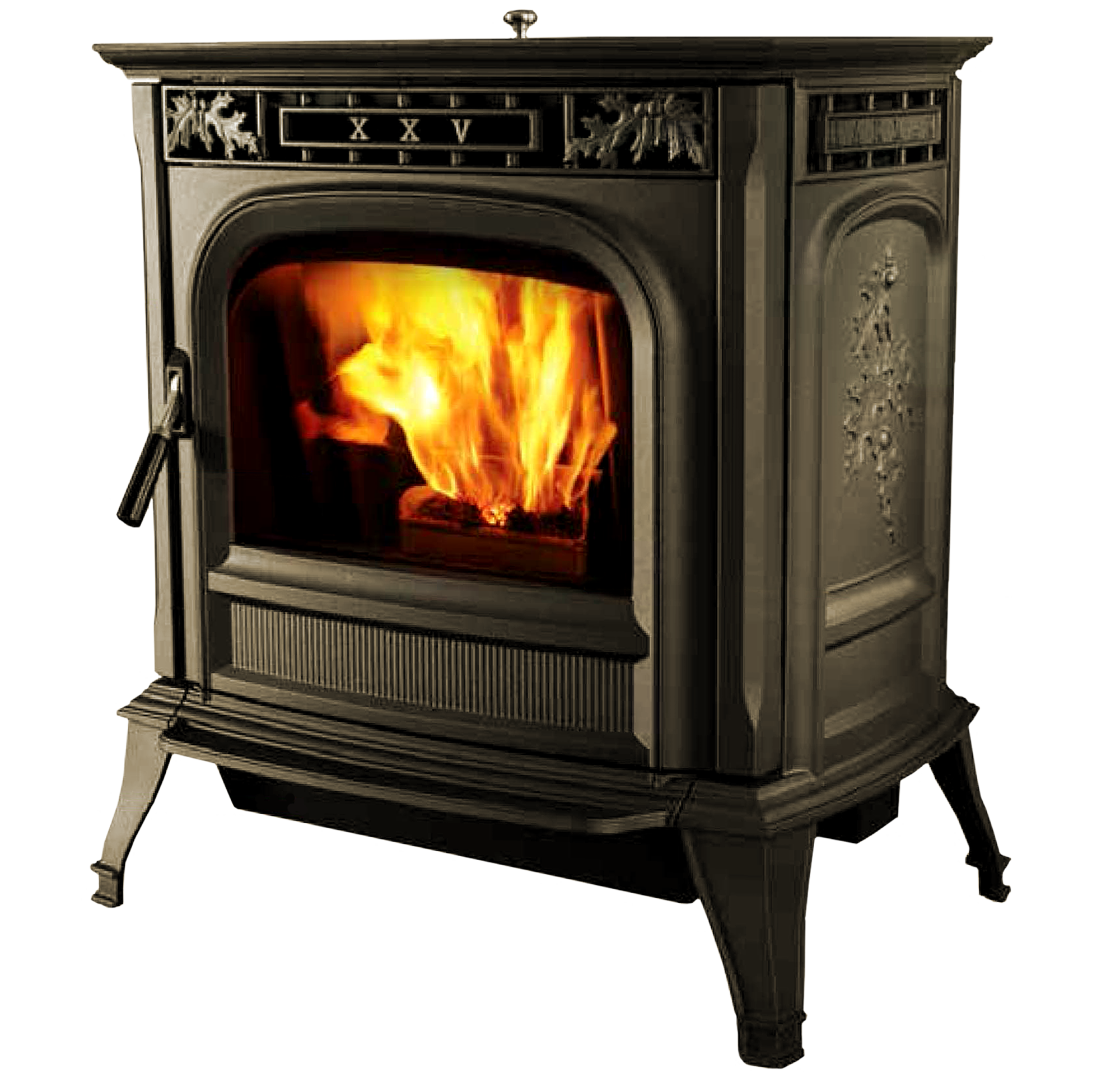Comparison Guide: Wood Stoves vs. Pellet Stoves Part 2
Comparing Pellet Stoves to Wood Stoves: Part 2
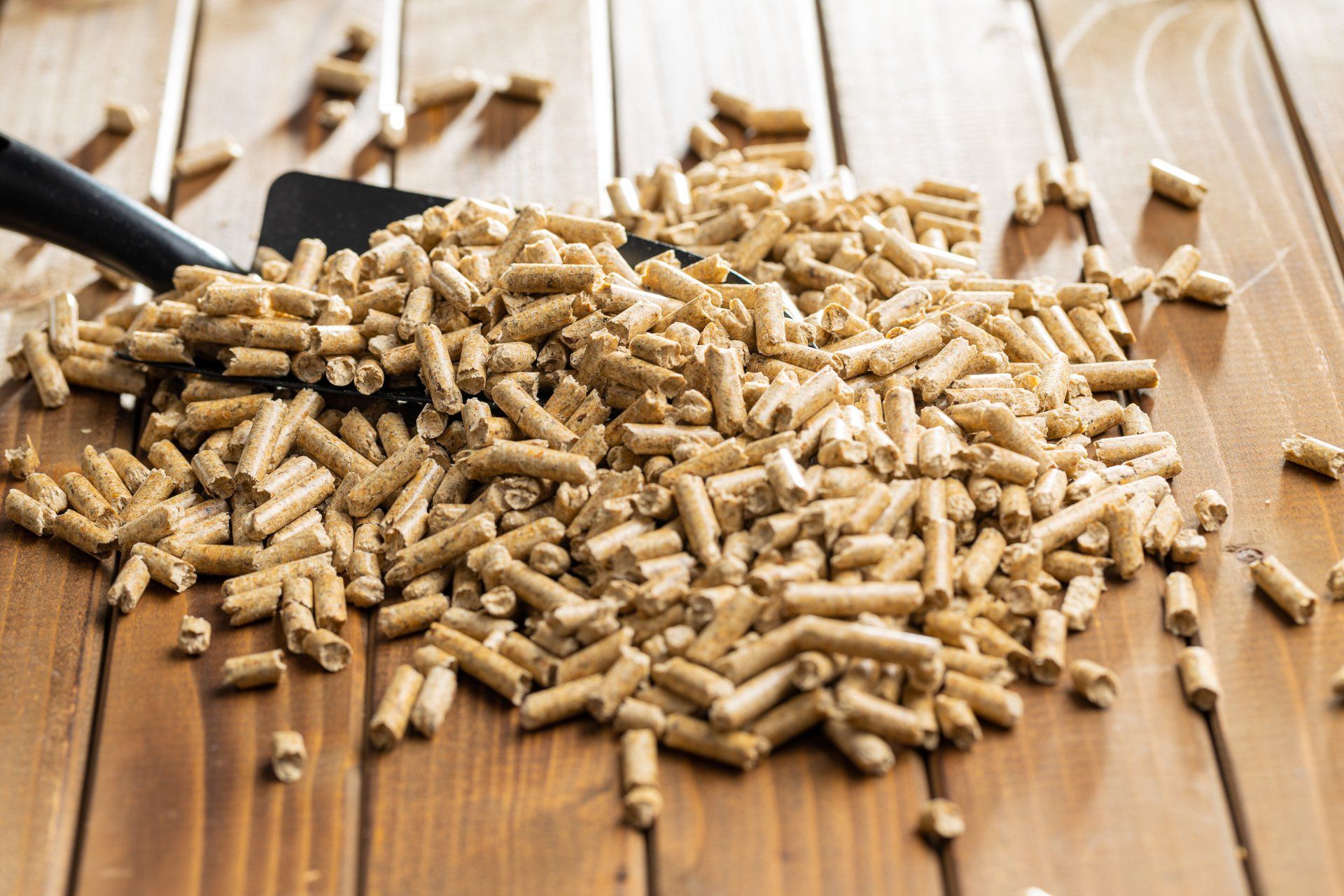
The differences between wood stoves and pellet stoves were covered in Part 1 of this blog. We will talk about installation, longevity, and repair and maintenance in part 2 of this series.
Repair and Maintenance
Wood Heat
It's critical to weigh the maintenance requirements of each stove type when deciding which to purchase. Compared to a pellet stove, a wood heater will require more upkeep. For instance, a home with a wood heat stove should have a chimney sweep and inspection before the heating season to ensure that all components are in effective and secure operating condition. A wood stove that has an excessive buildup of soot is not heating the house efficiently.
Pellet stove
Even though both the wood heat stove and the pellet stove need routine ash collection and cleaning, the emissions and ash volume are lower with the pellet stove. To prevent the interior of the appliance from rusting, it is advised to remove any unused pellets at the end of a season. To avoid soot buildup in the pellet stove, you'll also need to clean the flue vent.
The only fuel used in pellet stoves is pellets, so there are no wood chips or bark messes to clean up. A pellet stove is nearly smokeless and clean to use. The most frequent maintenance issues include noisy stoves, ash buildup, and motor or power issues.
Energy Use
Wood Heat
A classic wood heat stove may be less expensive to build and run if firewood is affordable and readily accessible, and you don't mind the mess that results from burning wood (which includes splitting, stacking, and wood/bark debris). If you can salvage free firewood, the price is considerably lower.
While a pellet stove will need a generator to run, this may be a crucial factor for your family since a typical wood heat stove or fireplace will continue to produce heat during a power outage. Additionally, some wood stoves come equipped with cooking surfaces, which are highly practical in times of need.
Pellet stove
Compared to an airtight stove or fireplace insert, a pellet stove is more efficient. When selecting a stove, look at the BTU rates; the greater the number, the better. A pellet stove will turn off if there is a power outage since it needs electricity to run.
Installation
Wood Heat
Both types of wood-burning appliances follow the same rules and regulations for wood heat installation. There are different linkages, though (and connection costs). Typically, a full insulated chimney system that must reach over the roof peak is needed for wood heat stoves.
Pellet stove
Despite being slightly more expensive to purchase than a wood heat stove, pellet stoves are typically significantly simpler and less expensive to install. Some pellet stoves just require a direct-vent system or a more compact chimney, which is less expensive and simpler to install. It lowers the cost of the connection.
Cost
As far as the main unit is concerned, the upfront prices for a wood stove and a pellet stove are rather comparable. The style and design that you choose, as well as the size of stove that will adequately heat your living space, are your choices.
Depending on the firewood and pellets you can find in your location and the prices, they may vary. A pellet stove, as opposed to a wood heating stove, can only burn pellets, such as wood pellets or specialty fuel composites.
You should compare the price of a full cord of firewood and that of pellets and take into account how long each volume will last in order to create an accurate comparison because the cost and availability of firewood and pellet fuels will vary in different places. Your operating costs may be comparable with either stove if you anticipate that a winter's worth of firewood will cost you around the same as 3 tons of pellets (what you could regularly consume per season).
Lifespan
Wood Stove
A wood stove can survive for twenty to twenty-five years. This kind of stove has fewer parts and doesn't use electricity for power.
Pellet stove
A pellet stove has a 15–20 year lifespan. Because it contains more electrically active components, such as motors, fans, switches, and other devices, it wears out more quickly than a wood heat stove. One of the oldest forms of heat in use today is wood. You may even be able to locate some old cast-iron potbelly wood burners from the 1800s that are still functional.
The Findings
A wood heat stove might be the best option for you if you're searching for a generally affordable way to add more heat to your home and you have access to plenty of firewood to burn. If you have a wood heat stove, you'll also be able to heat your house (and possibly do some cooking) even if the electricity goes out in your neighborhood.
A pellet stove would be an excellent option, though, if you anticipate that the cost of your firewood and pellets will be comparable, you can manage the large pellet bags and offer enough storage, and you want a clean type of heating that you can set and forget about for the day. But always keep in mind that a pellet stove needs electricity.
